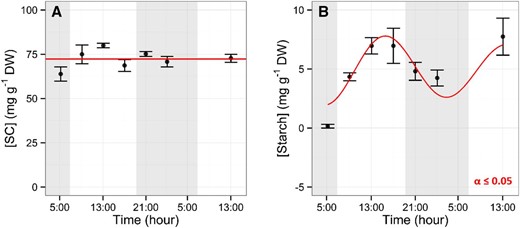One thing everyone is agreeing on is that foliage produces energy for growth and thickening (when that energy is stored).
One thing people are disagreeing about is encouraging vertical growth in trees that have a dwarf or horizontal habit. Nothing is going to completely change that growth habit, but I think you can influence it - it is analogous to, but maybe opposite of, trimming apically dominant trees. You need to trim the top of apically dominant trees 2x as much as lateral branches (gross generalization) because their habit is to grow tall and kill off the low branches when shaded out / no longer needed. We see the opposite in some dwarf cultivars such as Kiyohime, in which the top can die off.
However, keep in mind the difference between dwarf and basally/laterally dominant. Dwarfism is caused by:
- Lack of gibberellin
- Few gibberellin receptors
- Gibberellin antagonist hormones
Apical dominance is caused by high levels of auxin, while my understanding is laterally dominant plants have less auxin. For example ShiShi and Kotohime seem to be very apically dominant despite being dwarf - they have strong upright growth and root easily (auxin encourages root growth). Kiyohime is dwarf and has very horizontal growth. I'd trim these very differently.
Cytokinin (growth hormone that causes cell division and differentiation) "sinks" (moves towards and stays in) areas with higher concentrations of auxins, such as apical buds. Removing the apical bud removes the high concentration of auxin, allowing cytokinin to "sink" in lateral, adventitious buds, causing lateral growth/ramification. In apically dominant trees, we cut the apical buds stop upright growth and cause branching. During fall, leaves convert chlorophyll to energy and send nutrients back into the tree for storage - once the leaves turn/fall, it is a good time to remove apical buds on an apically dominant tree: it stops cytokinin from "sinking" in those buds and give the tree the whole fall/early spring to re-allocated the cytokinin to lateral buds (why fall pruning can be more effective at activating adventitious buds than pruning during the growth season, which typically just release a couple buds right behind the cut point unless really hard pruning). I'm not completely certain of the physiology of horizontally growing dwarf maples, but I assume the opposite pruning method: pruning the side branches allows for reallocation of resources to upper areas.
Taking this a step further, in terms of sources and sinks of resources, mature leaves are the main "source," as well as starch storage from winter dormancy during the spring (ie., the roots would be the source), of energy (photsynthates). And energy / nutrients tend to be able to move throughout the tree to areas that need them (sinks), such as new growth / immature leaves at the tips, or if pruned, adventitious buds, as well as downward to roots.
While some people who are trying to rapidly grow trees don't prune even during fall, others recognize it isn't the length of branches that contribute to trunk growth, but rather the foliage mass. And in spring, the tree won't activate all the dormant buds on an untrimmed tree. So pruning in the fall shouldn't necessarily slow growth too much - it reallocates resources from tips to the inside.


